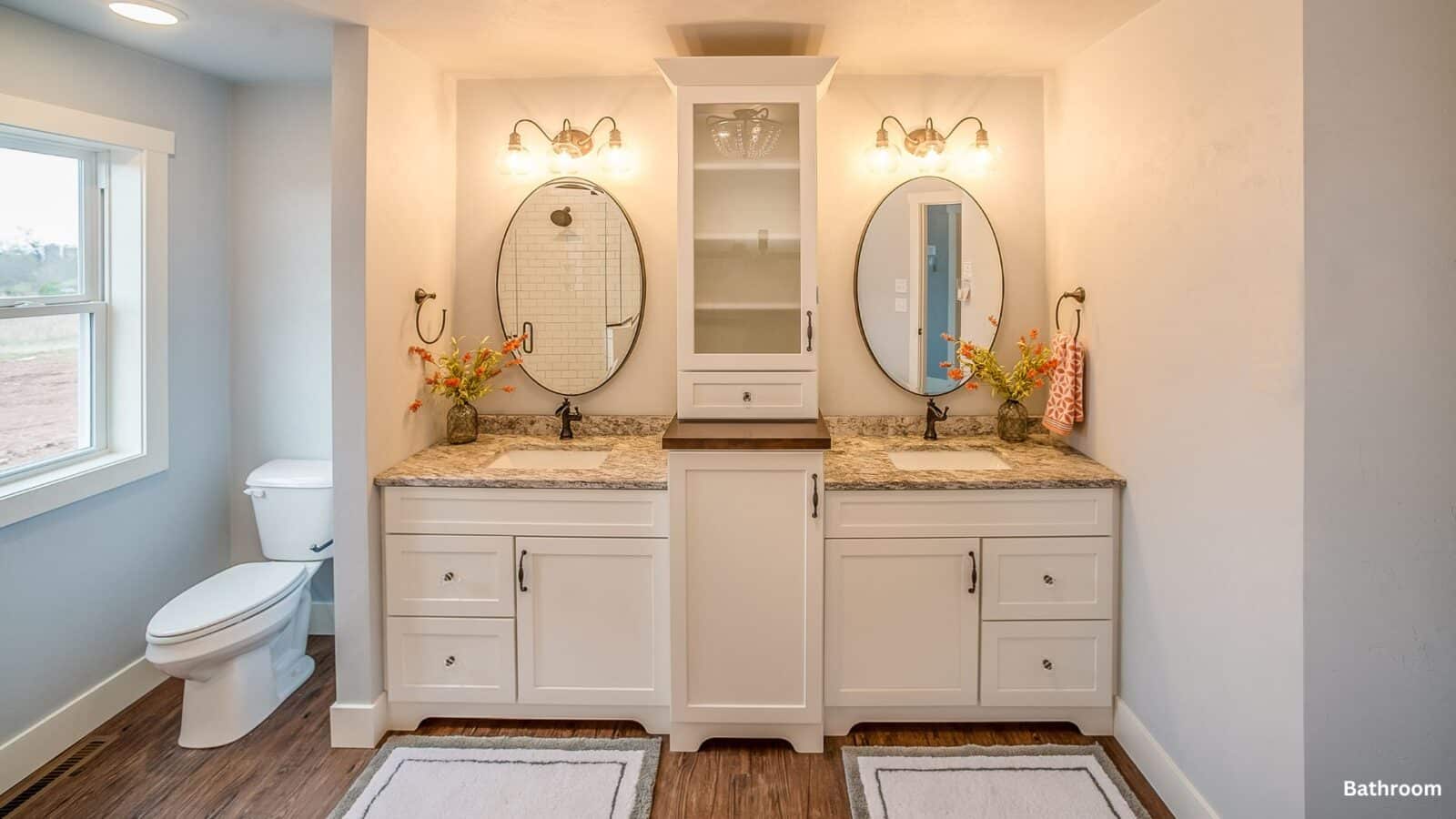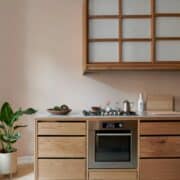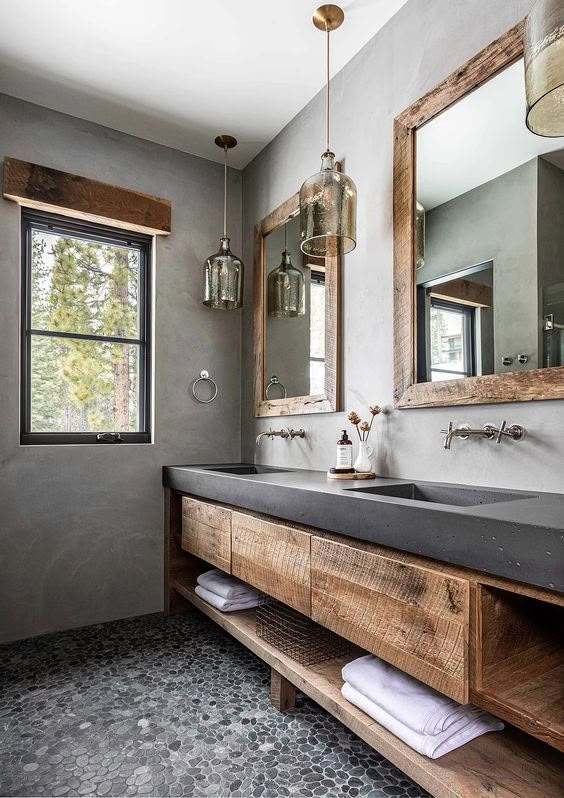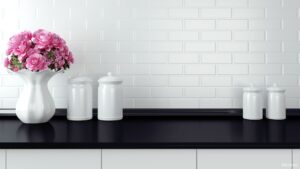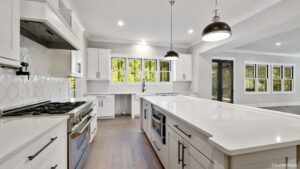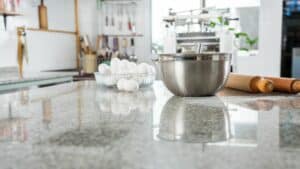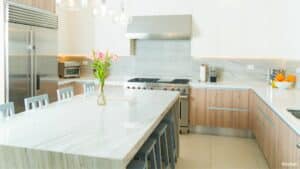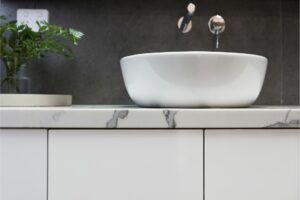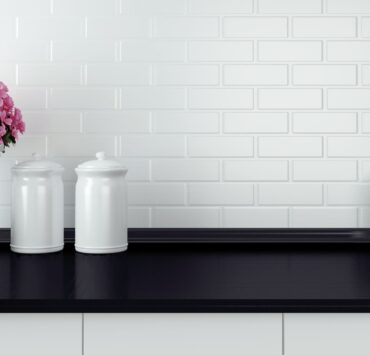A bathroom is an intimate space that serves different purposes for different people. Whether it’s a retreat for relaxation or a functional space to get ready for the day, one element remains essential: vanity tops. These surfaces provide both style and functionality, making them a focal point in any bathroom. If your vanity top is starting to look worn or you’re considering an upgrade, selecting the right material is crucial. Factors such as durability, style, maintenance, and cost all play a role in making the best choice.
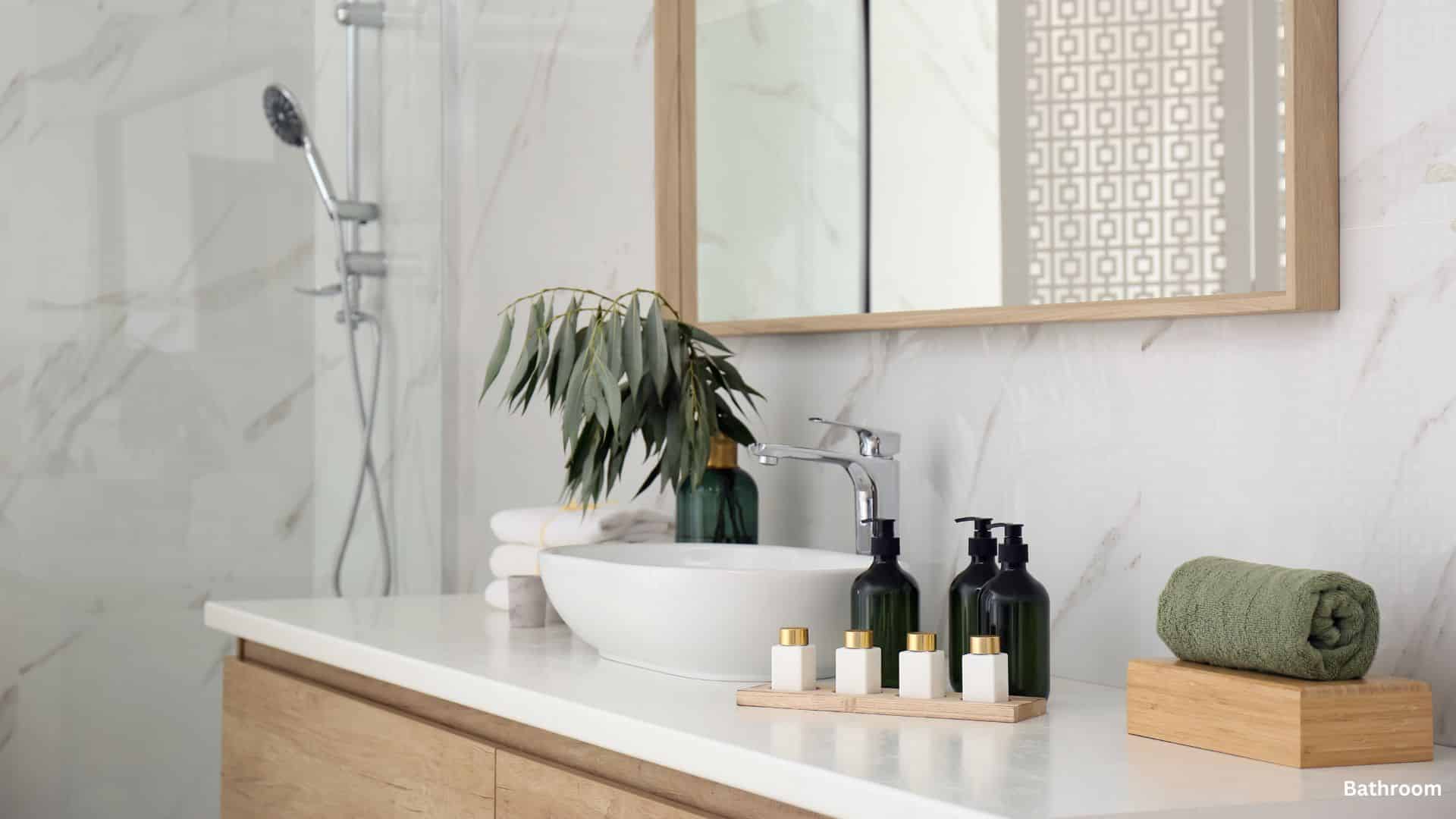
To help you decide, here’s a comprehensive look at the most popular vanity top materials, including their benefits and drawbacks.
Materials for Vanity Tops
1. Marble
A timeless and luxurious choice, marble offers an elegant and polished look. Available in various patterns and shades, it adds a sophisticated touch to any bathroom.
Pros:
- Unique veining and natural beauty
- Highly durable with proper care
- Increases home resale value
Cons:
- Requires regular sealing to prevent stains
- Prone to scratches and etching from acidic substances
- Expensive compared to other materials
2. Granite
One of the hardest natural stones available, granite is an excellent choice for a vanity top due to its strength and durability.
Pros:
- Resistant to heat and scratches
- Available in a variety of colors and styles
- Long-lasting with minimal maintenance
Cons:
- Requires periodic sealing
- Heavy and requires professional installation
- Can be costly
3. Quartz
Engineered quartz combines natural quartz crystals with resins, creating a non-porous and highly durable surface.
Pros:
- Low maintenance (no sealing required)
- Resistant to stains, bacteria, and moisture
- Available in a wide range of colors and styles
Cons:
- Expensive, similar to granite
- Edges may chip if not rounded properly
- Can discolor with prolonged exposure to direct sunlight
4. Laminate
A budget-friendly option, laminate is made from plastic layers bonded to particleboard or plywood.
Pros:
- Affordable and widely available
- Waterproof and easy to clean
- Offers a variety of patterns and colors, including faux stone looks
Cons:
- Less durable than stone options
- Prone to scratches and heat damage
- Cannot be easily repaired
5. Solid Surface
A synthetic material that mimics natural stone, solid surface provides a seamless and modern aesthetic.
Pros:
- Non-porous and stain-resistant
- Can be molded into integrated sinks
- Easy to repair scratches with sanding
Cons:
- Less heat-resistant than stone
- Can be prone to scratches and dents
- May lack the natural appeal of real stone
6. Recycled Glass
An eco-friendly option, recycled glass offers a unique and colorful surface that stands out.
Pros:
- Sustainable and environmentally friendly
- Heat-resistant and non-porous
- Distinctive and modern appearance
Cons:
- Brittle and prone to chipping
- Expensive compared to traditional materials
- Limited availability
7. Concrete
For a custom and industrial look, concrete provides a versatile and stylish option.
Pros:
- Can be customized with different colors and finishes
- Extremely durable when properly sealed
- Unique handcrafted appearance
Cons:
- Requires sealing to prevent stains and water damage
- Prone to cracking over time
- Heavy and requires professional installation
8. Resin
Resin vanity tops offer a sleek, modern look and are made from synthetic materials like acrylic or polyester.
Pros:
- Affordable compared to natural stone
- Resistant to heat and stains
- Lightweight and easy to install
Cons:
- Quality varies depending on the manufacturer
- Can discolor over time
- Susceptible to scratches
9. Porcelain
Porcelain vanity tops are a great choice if you want a uniform look that extends to your sink and backsplash.
Pros:
- Extremely durable and scratch-resistant
- Heat and moisture resistant
- Available in a range of finishes
Cons:
- Expensive material and installation
- Can crack under heavy impact
10. Reclaimed Wood
For a rustic and eco-friendly touch, reclaimed wood vanity tops bring warmth and character to a bathroom.
Pros:
- Sustainable and environmentally friendly
- Unique, aged appearance
- Can be sealed for water resistance
Cons:
- Prone to water and heat damage
- Requires regular maintenance and sealing
- Can be expensive due to sourcing difficulties
When choosing a vanity top, it’s essential to consider your budget, style preferences, and maintenance expectations. While natural stones like marble and granite offer elegance and durability, engineered materials like quartz and solid surface provide practical, low-maintenance alternatives. Eco-conscious homeowners may lean towards recycled glass or reclaimed wood. No matter your choice, taking the time to research and select the right material will ensure your vanity top complements your bathroom’s aesthetics and functionality for years to come.
